Seeing Stripes: The Mass Appeal of Bridget Riley
Op artist Bridget Riley is a true icon of British art, whose daring and experimental ‘heat-haze’ patterns impacted a huge range of art movements including Pop Art, Minimalism, and Contemporary Art. But her influence also extended far beyond the art world, crossing over into the realms of graphics, architecture, and perhaps most prominently, fashion and textile design. In fact, throughout the 1960s fashion designers sought ways of recreating her trippy patterns, undulating lines, and dazzling optical effects in printed pattern, so much so, that the Riley aesthetic is synonymous with Beatlemania and the swinging sixties. Even today, her impact continues to be felt among fashion designers of note, including Marc Jacobs, Kenzo, Marimekko and Christopher Kane. During the peak of her early success Riley was deeply concerned that the commercialization of her style would dilute its impact. Yet one could also argue that the widespread imitation of her stripes and swirls has in fact played a vital role in keeping her legacy alive.
Riley’s art drew inspiration from several key sources – the curvaceous, fluctuating landscapes of Cornwall where she grew up, and the post-Impressionist art of George Seurat, with its shimmering, hazy optical effects. From these two sources Riley developed keen interests in how the movements and sensations of nature could be recreated through flickering optical patterns that play with the viewer’s vision. During the early 1960s, she found worldwide success, scooping up prestigious awards and featuring in prominent exhibitions. All this meant her art was everywhere, and the public were hooked.
It wasn’t long before celebrities and fashion designers picked up on the mass appeal of Riley’s vision. In 1966, Keith Moon, drummer from The Who, wore a t-shirt featuring Riley’s 1964 painting Blaze. Meanwhile, Bert Stern photographed the British supermodel Twiggy in Twiggy Before a Painting by Bridget Riley, 1967, creating one of the most memorable images of the era by contrasting the model’s vibrant clothing with Riley’s stark, abstract wavy lines. Throughout the decade textile designers ranging from Ossie Clarke to Pierre Cardin, Rudi Gernreich and Mary Quant began appropriating Op Art style patterns and shapes influenced by Riley – and her fellow Op artist Victor Vasarely – into their cut and patterns, producing now iconic imagery that seemed to capture the daring, futuristic aesthetic of the 1960s. Quant, in particular, leaned heavily on Riley’s monochrome patterns to create her trademark ‘London look’, which featured bold, striking patterns, while Austrian designer Gernreich paired monochrome geometric shapes with free-flowing fabrics designed for comfort and wearability.
While Vasarely readily accepted the widespread commercialism of the Op Art aesthetic, Riley was less than pleased, believing it would reduce her contemplative, abstract art into decorative patterns. Yet her reputation as one of the most significant artists of the 1960s and beyond is stronger than ever today, with work in gallery collections around the world, and she continues to feature in major exhibitions and retrospectives that emphasise the breadth and depth of her legacy.
While the Op Art trend fell out of favour during the 1970s as psychedelic hippie culture took over, Riley’s art began influencing fashion design once again from the 1990s onwards, and it remains a popular reference point for designers around the world today. This includes Rei Kawakubo’s 2001 collection titled Optical Shock, featuring striking optical prints in monochrome pattern made from futuristic-looking PVC, while Junya Watanabe’s 2015 collections included fabrics featuring Riley-esque tessellated shapes and complex visual effects, along with a series of space-age fabrics and textures that made a nod to the optimistic, utopian spirit of the 1960s that Riley had captured so succinctly in her art.





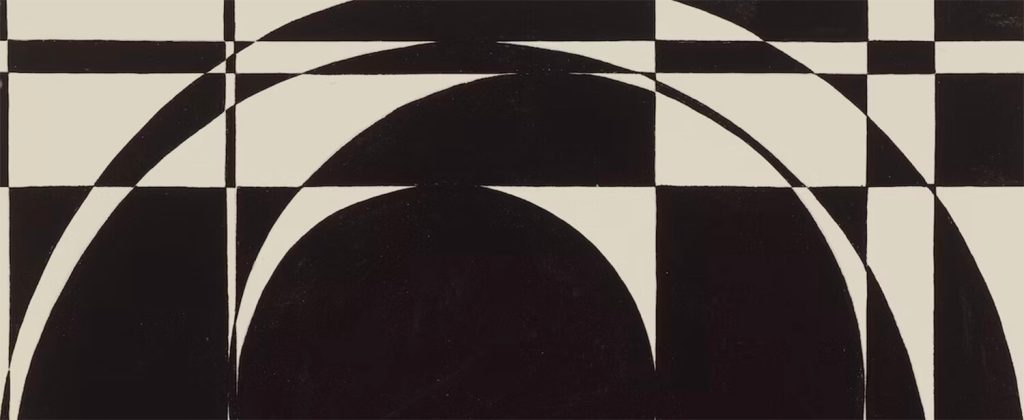
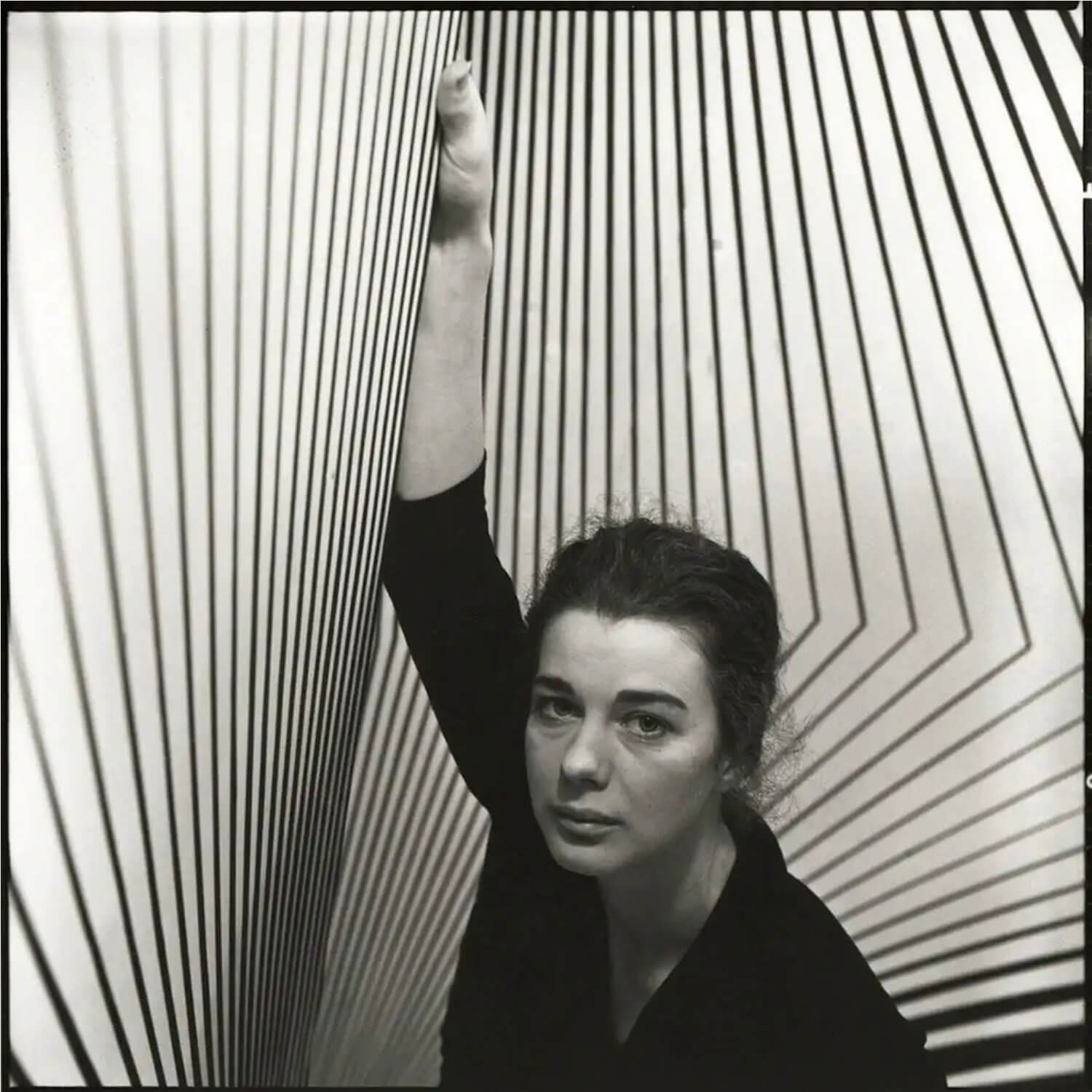
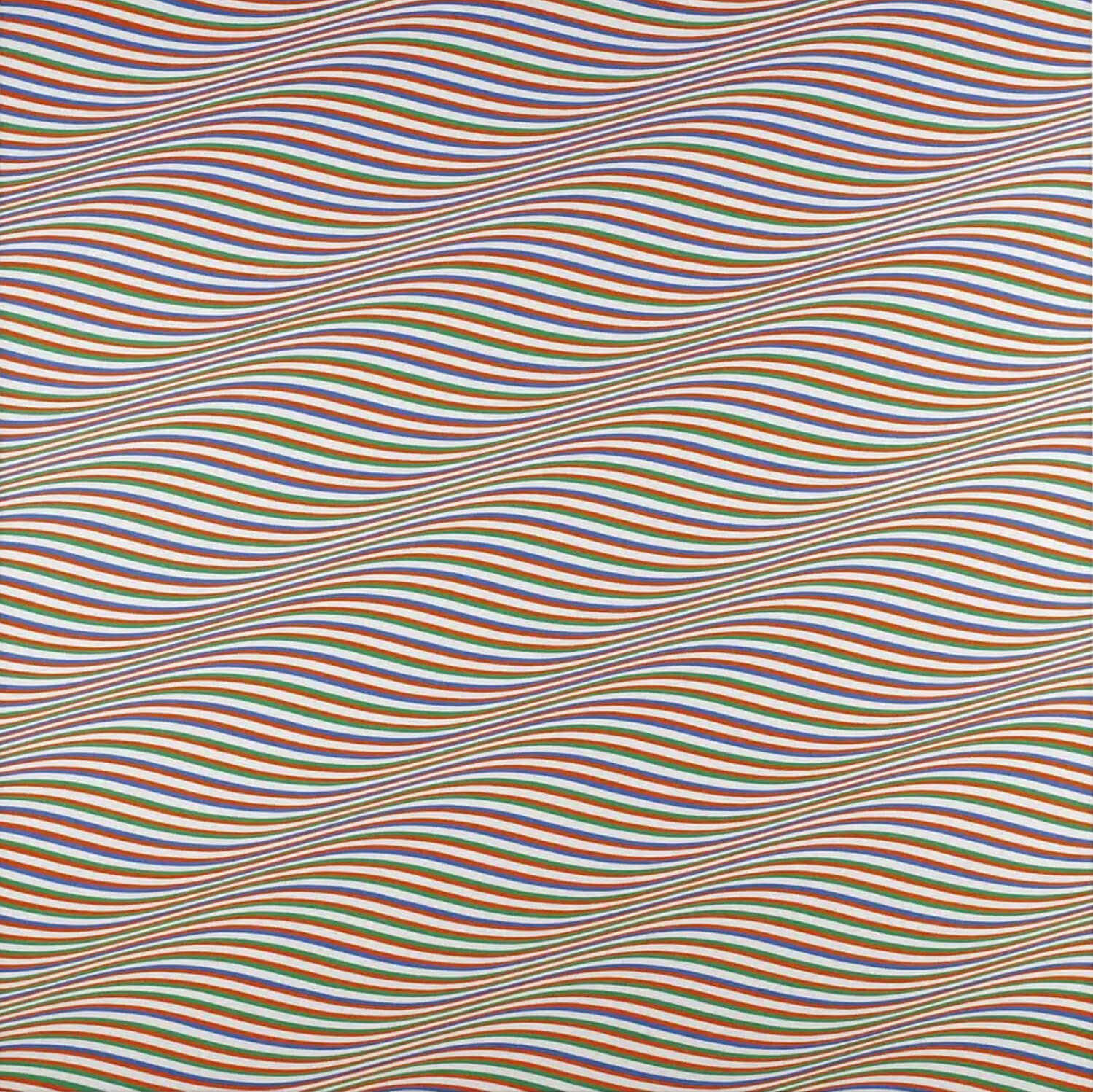
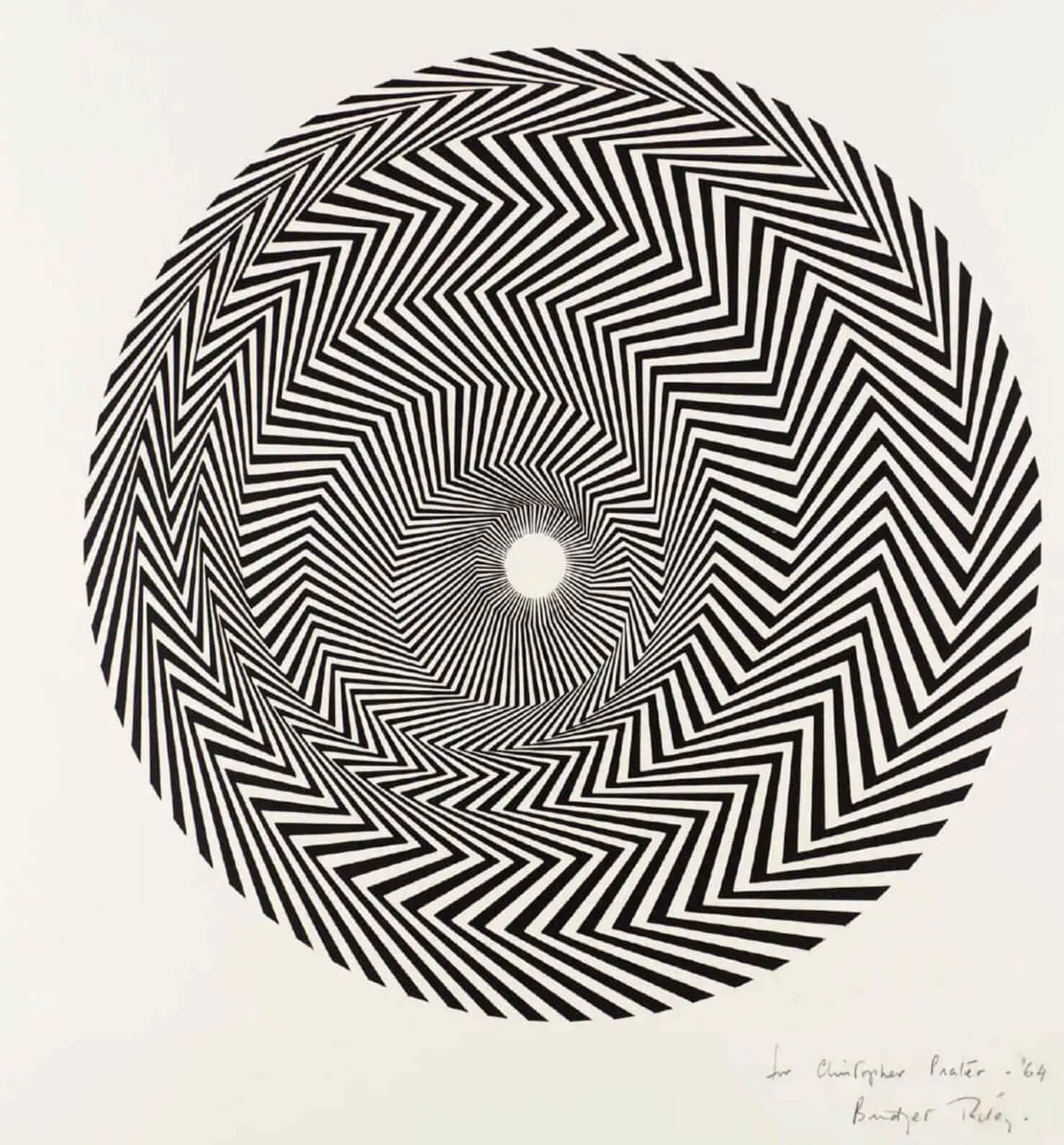
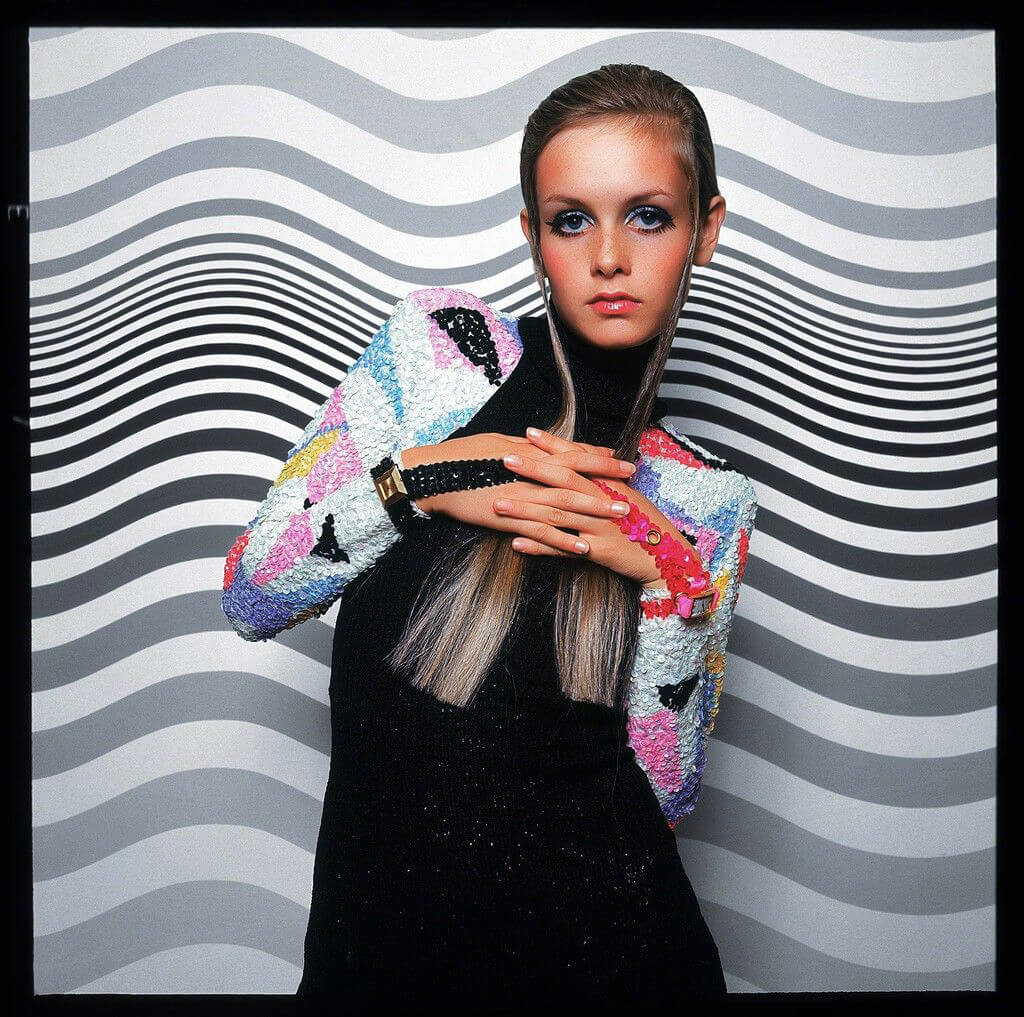
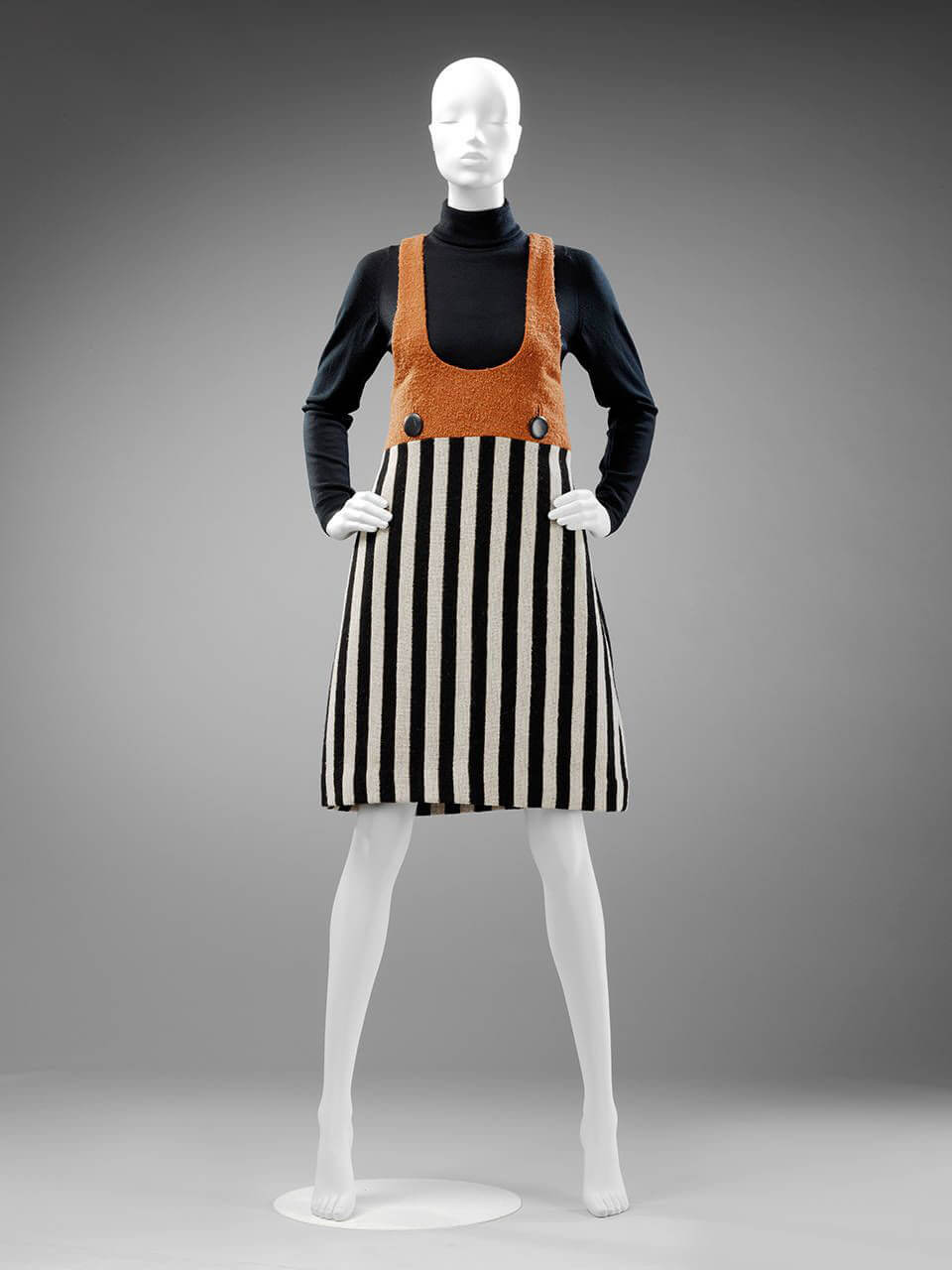































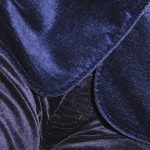
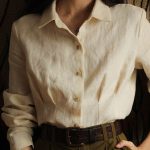

2 Comments
Lynette Pflueger
thank you for these wonderful essays….. always a pleasure to read, some days they lead to hours of happy “research”
Lyn
Linda Hamilton
I really appreciate these articles about different artists. I may not like what they do, but it is certainly interesting to read about them. I went looking for more of Bridget’s work & discovered one called cataract that is similar to the gala one you have in this article. My eyes went crazy on both of them – they look like they’re moving!
Linda